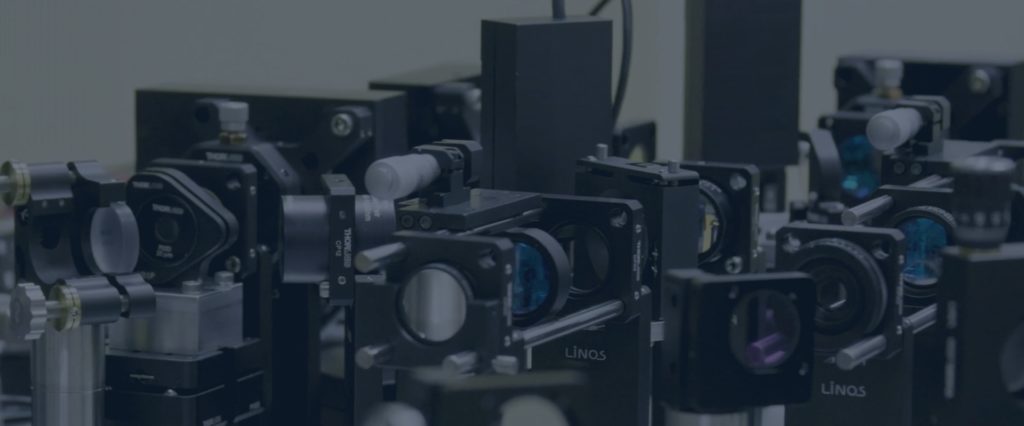This past summer, Boston Micromachines Corporation conducted a survey of nearly 300 members of the business and scientific community to find out what features were valued in a deformable mirror for adaptive optics and other wavefront correction applications. Respondents came from our three major vertical markets: microscopy, deformable mirror survey resized 600astronomy and laser science. In this survey, we asked some fundamental questions and had respondents choose between three DMs with properties varying in categories of actuator count, stroke, response time and price in various combinations. We were able to drill down to what each respondent valued. Here are some of our key findings:
1) Actuator count was the most valued property
Across all verticals, this was true. Overall, respondents preferred an average of 1000 actuators. While microscopists preferred 140 actuators by almost 2 to 1 over other models, those who identified as laser scientists were looking for an average of 1001 actuators and astronomers preferred, on average, 1800 actuators
This was very interesting to us considering we are the only player in the market to provide deformable mirrors with these actuator counts as standard products or are developing DM systems which meet these specific needs (we have a 2000 element mirror in the works).
2) High speed is important
The most frequently chosen option for response time amongst laser scientists was 50μs and all other disciplines preferred average response better than 300μs. This is great news for the industry considering that most mirror architectures can respond adequately to meet the needs of the users. Our DM architectures are available with response times up to 22μs and we are able to drive these mirrors with our X-Driver (response time down to 4μs), satisfying high speed requirements as well.
3) Low price is desired
As we hear so often, most users were looking for low-priced devices. This was the second preferred property after actuator count. While those of us in the industry talk about lower prices with higher volumes, the volumes just haven’t been there yet to make this prophecy come true. The hope in the future is that the DMs based on scalable technologies, such as MEMS, will take off and lower-priced devices will be available.

We definitely learned a lot from this survey, above and beyond what is mentioned above. If you have any questions about our methods or are interested in discussing more specifics about the responses, I would be glad to chat further. Just contact me at support@bostonmicromachines.com.
Check more
Related Articles

Defense TechConnect Conference and Expo: Fun in the Sun with the MRR
Last week I was fortunate enough to be able to parade BMC’s Modulating RetroReflector (MRR) in front of multiple audiences affiliated with the Defense community at the Defense TechConnect (DTC) Conference and Expo in Tampa, Florida.
# Low Response Time 11.01.2018
Read more
MiFoBio 2018: AO Microscopy in Action
Recently, Boston Micromachines sponsored MiFoBio (Functional Microscopy in Biology), an event that brought together the microscopy community, academics and professionals alike, to attend courses and workshops that explored the understanding and current trends of biological imaging.
# Low Response Time 10.16.2018
Read more
